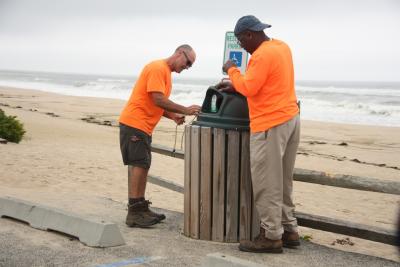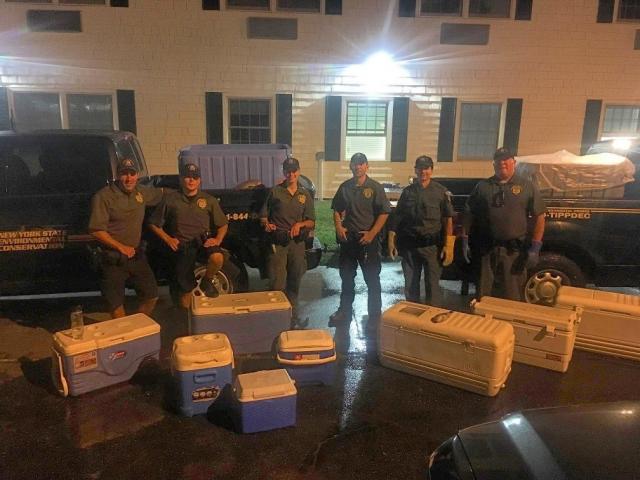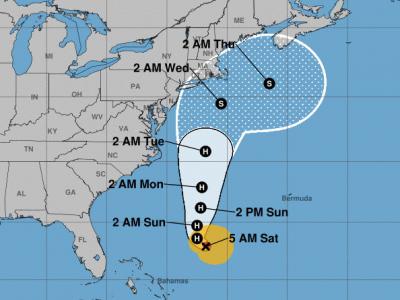12 Years in Prison for Panoramic Ponzi Scheme
12 Years in Prison for Panoramic Ponzi Scheme
Brian R. Callahan, a hedge fund manager who bilked his investors of some $96 million in a Ponzi scheme involving Montauk's Panoramic Resort, was sentenced Friday at the federal courthouse in Central Islip to serve 12 years in prison, with three years' supervised release. Mr. Callahan, 47, pleaded guilty to securities fraud and wire fraud in 2014.Before the real estate market crashed in 2007, Mr. Callahan, with his brother-in-law, Adam Manson, purchased the Panoramic View, a once-grand beachfront motel. Between December 2006 and February 2012, according to statements made in court, Mr. Callahan diverted some $96 million from his four hedge funds, promising investors that their money was safe in securities, hedge funds, and mutual funds, but in fact using the money to prop up the Panoramic, as well as to enrich himself. According to the prosecution, he spent some $6 million on houses in Westhampton and Old Westbury, on cars including a Range Rover and a BMW, and on golf club dues and other personal expenses.Meanwhile, the government charged, he was operating a "large-scale" Ponzi scheme, commingling money from his various hedge funds to pay millions of dollars in redemptions to investors to keep the scam going, "causing some to lose their life savings, and to delay their retirements," said Acting United States Attorney for the Eastern District Bridget M. Rohde. Like Bernie Madoff, he sent fake statements to the investors indicating that their money was making more money.On Friday, Judge Arthur D. Spatt ordered Mr. Callahan to pay over $67 million in restitution to the victims, many of whom wrote letters to the court describing the damage done to them."He will do this again," wrote Janice Witt, a small-business owner who lost $45,000. "He is a destructive predator who cuts a wide swath."Mary Thomajam, who lost $400,000, wrote, "When I encountered Brian Callahan, I was 58 years old and single. I had saved my money for my lifetime and I was on the cusp of my life dream of opening a foundation to contribute to and facilitate good works on the planet. That dream is far behind me now. Just a few months after investing, I received the letter that the S.E.C. was investigating Mr. Callahan for engaging in a Ponzi scheme . . . Brian Callahan with his calloused malfeasance has robbed my fortune, my dreams, and destroyed my life."Another who wrote the court was a psychologist, Scott Johnson. "I am emotionally as well as financially devastated. I am in constant fear that I will not be able to take care of myself in the coming years, that I might be blind one day, and I try not to worry, but I do not sleep at night with concern for my future."The Panoramic, which Mr. Callahan and Mr. Manson bought for $32 million, has since been sold, for $63.9 million, to the owners of the neighboring Gurney's Resort, who have since folded the property into Gurney's. That sale netted over $40 million for a fund set up for Mr. Callahan's victims. His brother-in-law, who has pleaded guilty to one charge of conspiracy to commit securities fraud, is scheduled to be sentenced on Sept. 29.






